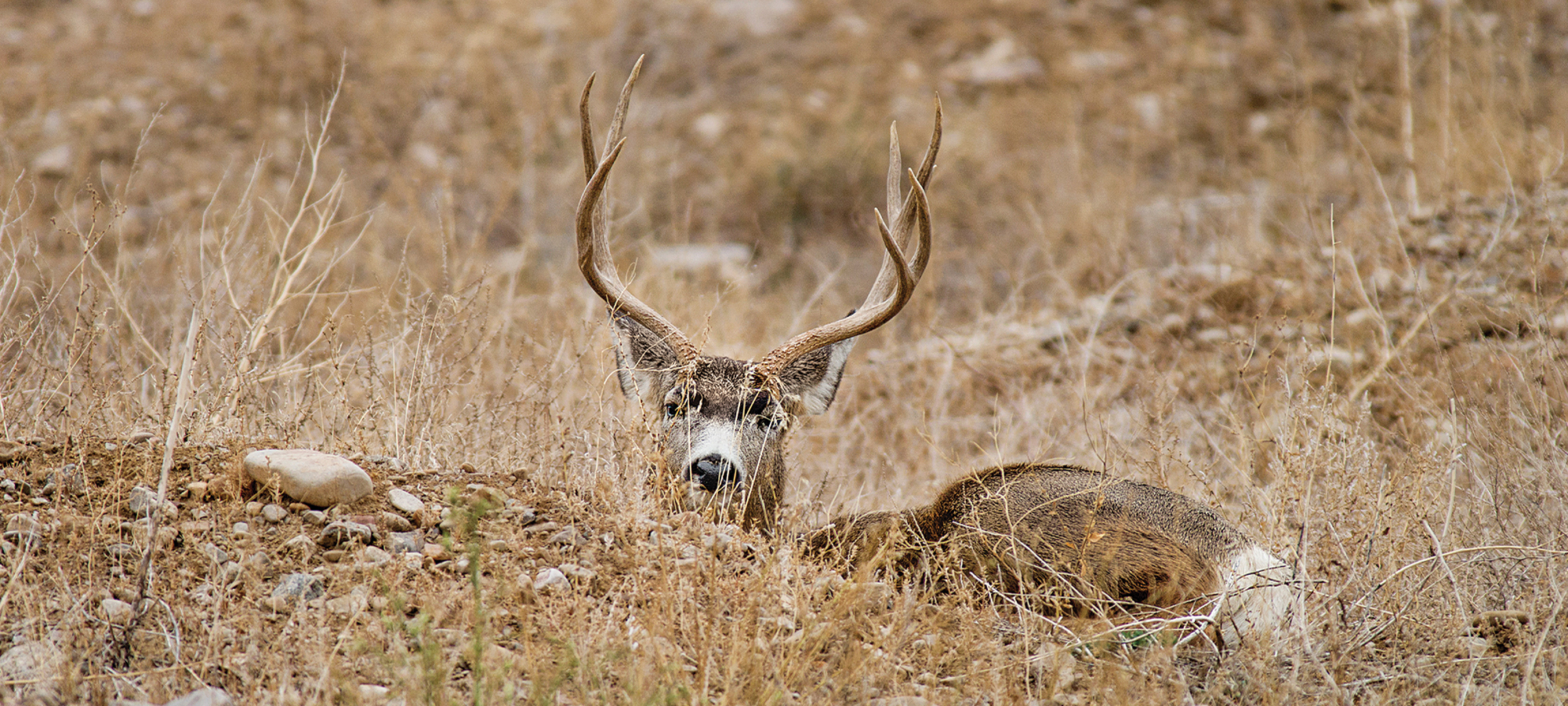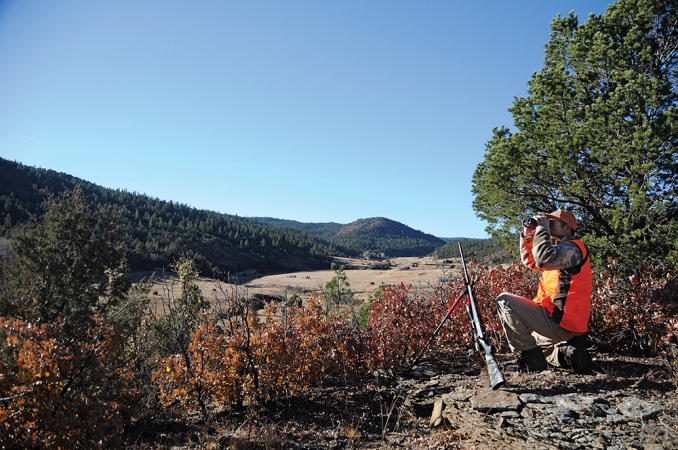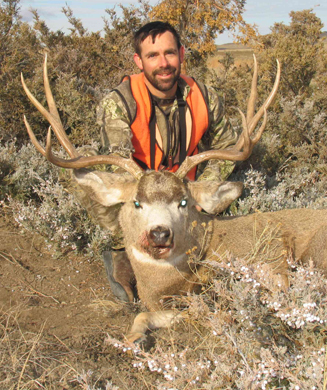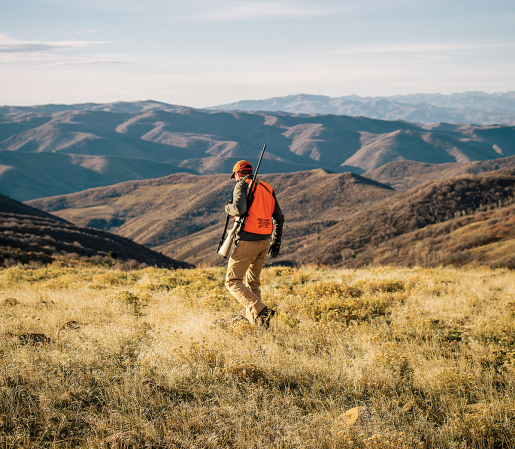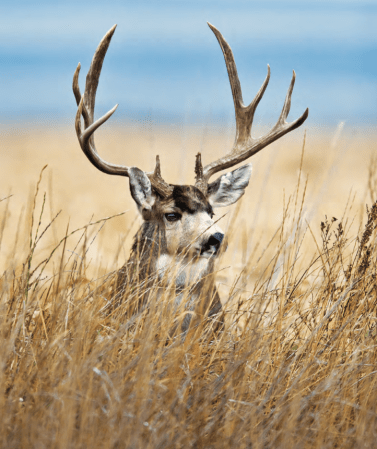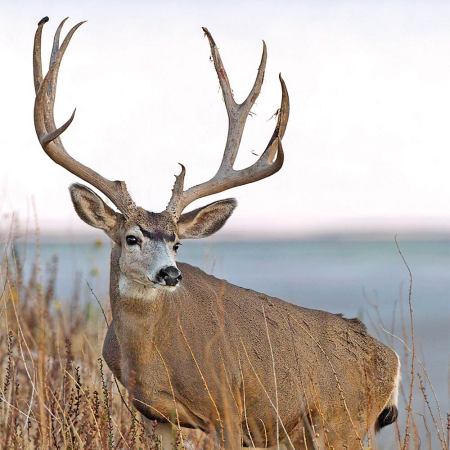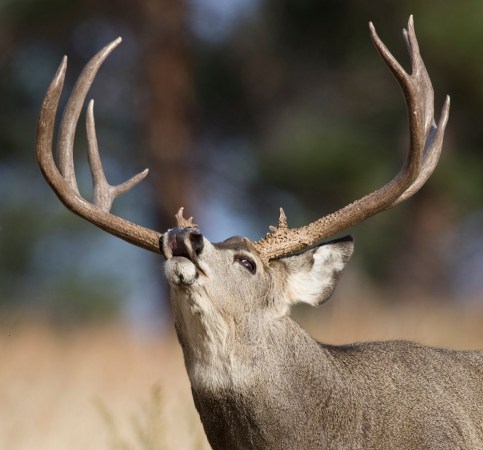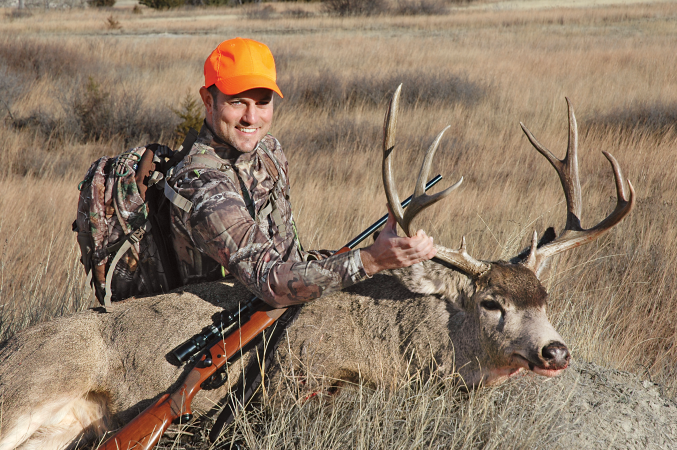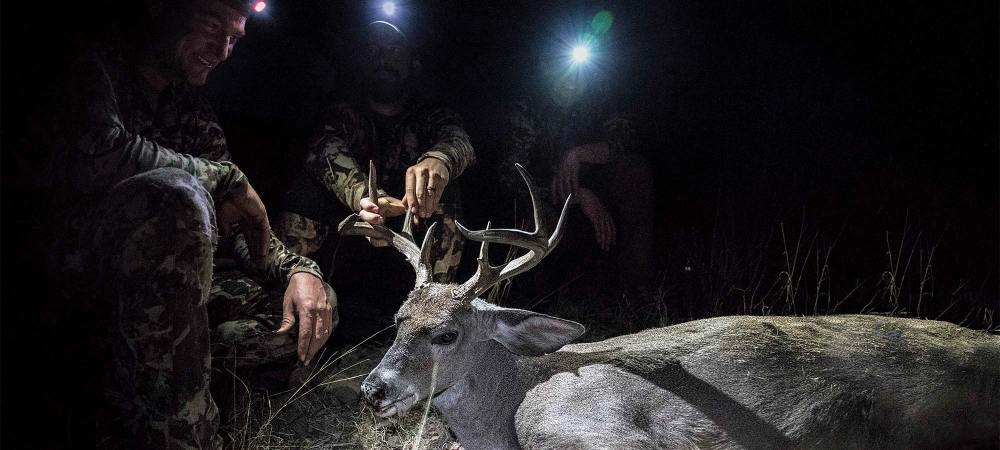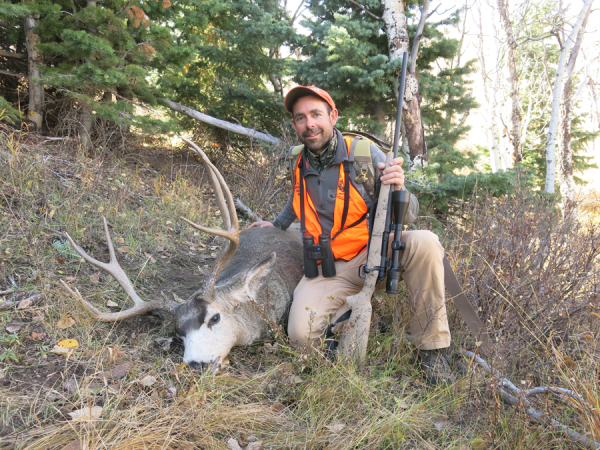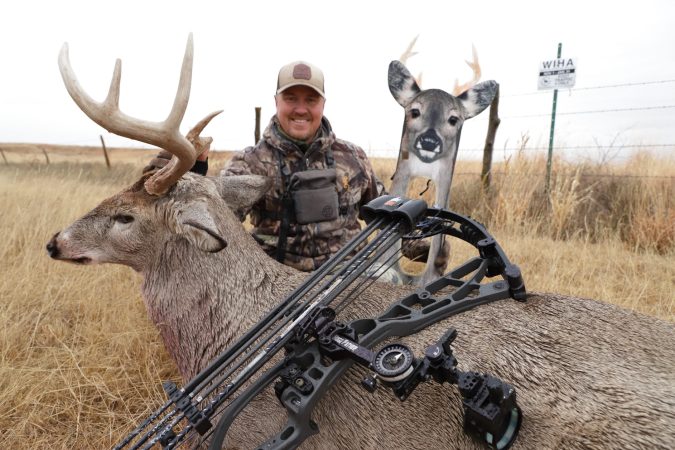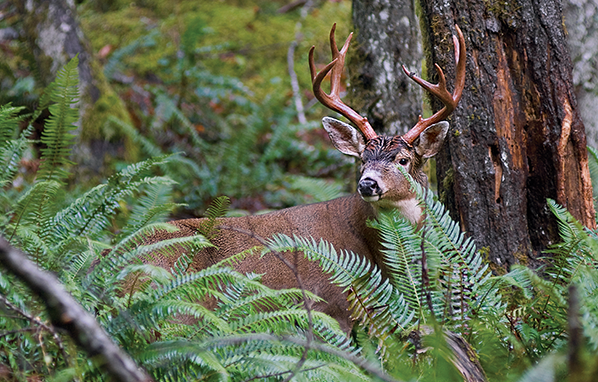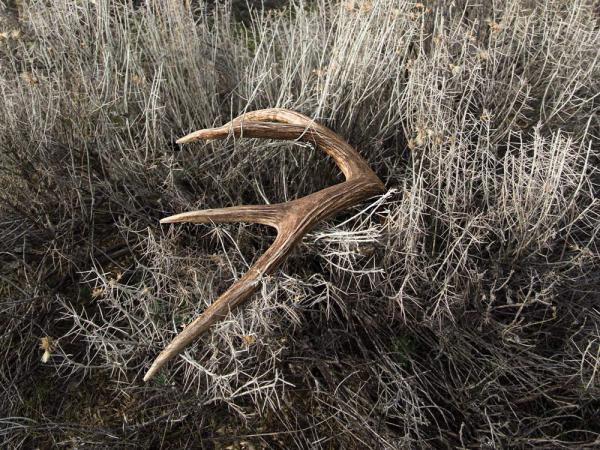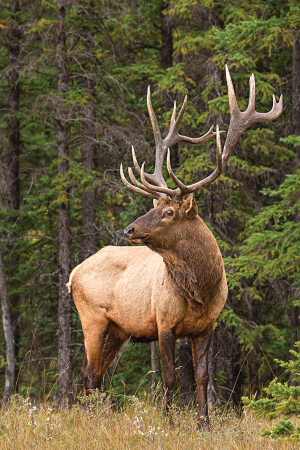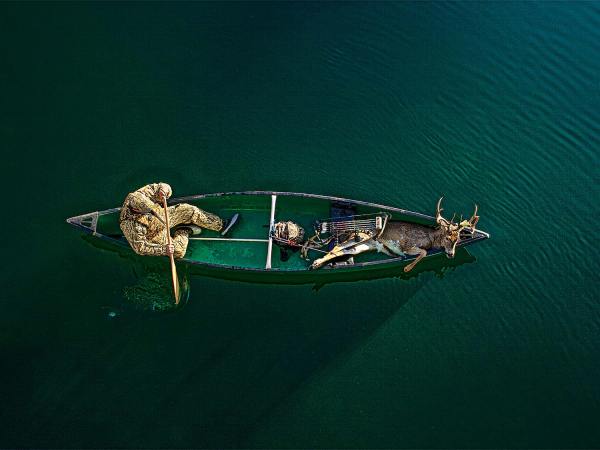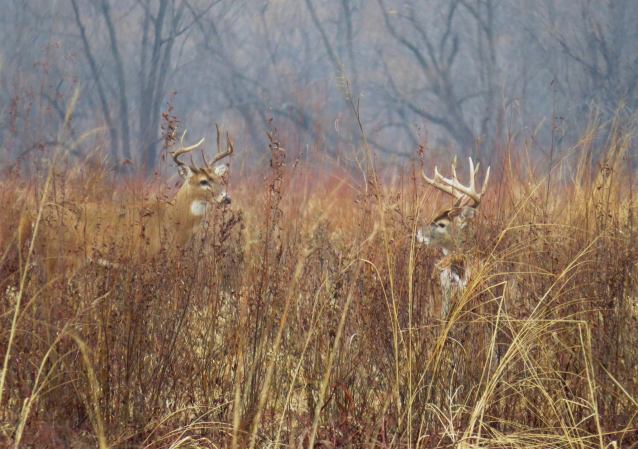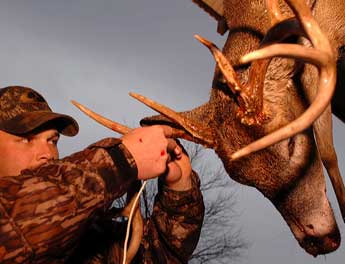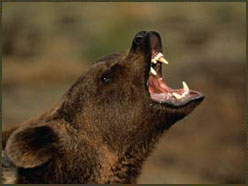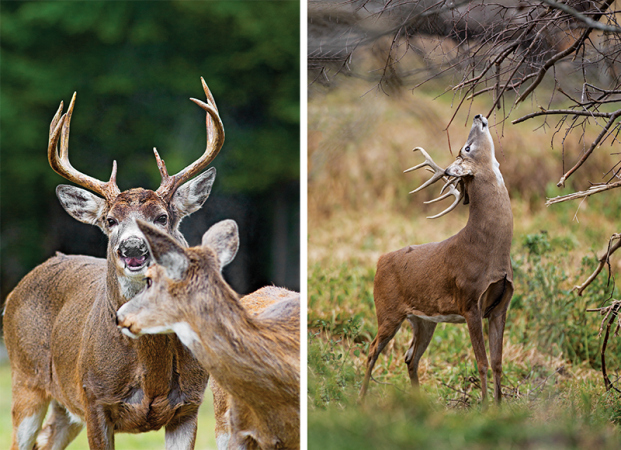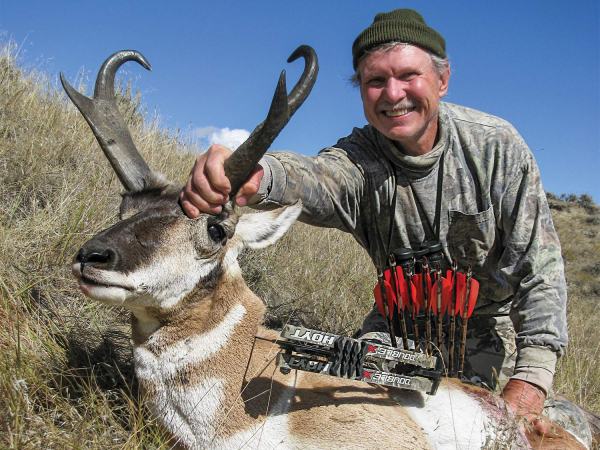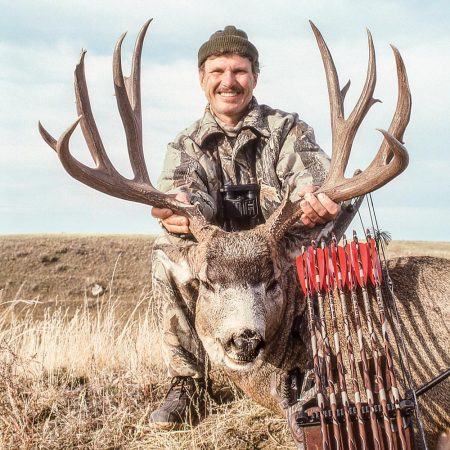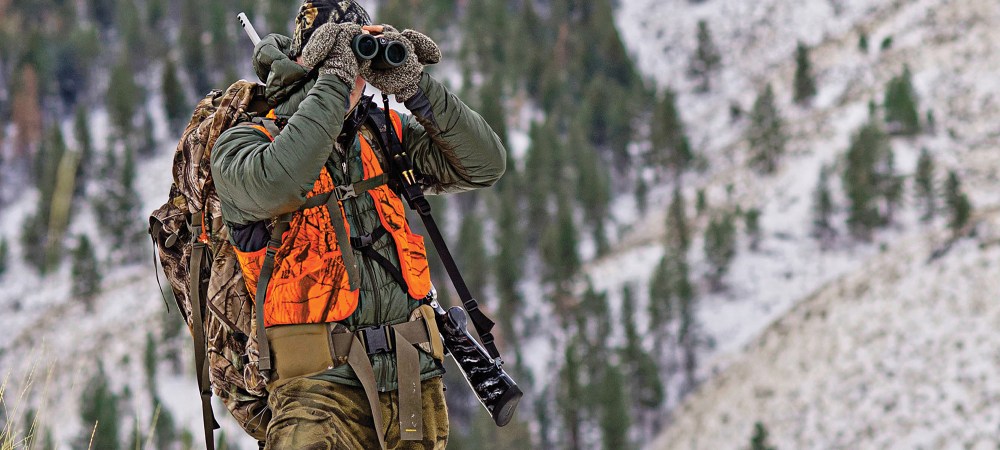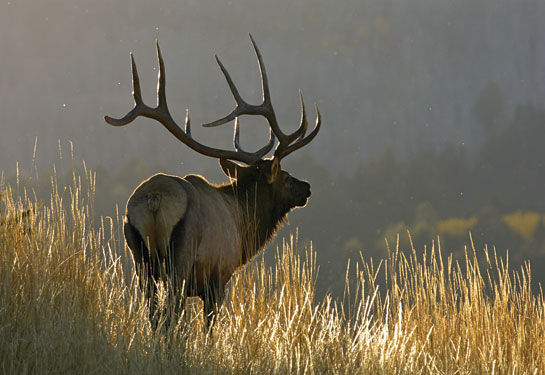I peeked over the gumbo bank of the prairie stream and counted 14 does and yearlings grazing in the dry creekbed about 250 yards upstream. It was early November, and because the peak of the rut was only a week away, I suspected a buck wouldn’t be far from this bunch of does. But despite glassing up and down the valley, I couldn’t spot antlers. Then I turned my binocular uphill, to the rimrocks on the ridge. There was the buck, bedded in the shade of a sandstone outcropping.
Killing that deer—a wide but light-racked 4-point—was a matter of reversing my approach to the does, keeping my profile hidden in the sagebrush until I was out of sight around a bend in the creek. Then I made a long hike around the drainage and came in above the buck. It took me a couple of hours, but I was in place when he rose from his bed, and I made a 125-yard shot off my bipod. Here’s how you can find and kill pre-rut and post-rut bucks, who spend most of their daylight hours bedded.
RECOGNIZE BUCK BEDS: To the uneducated, a mule deer buck’s bed looks like a nondescript, dished-out bowl in a dirt cutbank. Before the rut, bucks like to bed high on ridges—just downhill from the crest—so they can keep an eye on does grazing down the drainage and exit over the ridge if danger approaches from below. Post-rut bucks retreat to these day beds to recover from the physical rigors of the breeding season. Look for scalloped-out dishes in dirt or disturbed dirt in the shade of ridgeline rocks or juniper trees. Bucks often bed in places that get midday shade, so look beneath overhanging rocks and limbs.
USE YOUR OPTICS: Ideally, you want to spot a buck in his bed from a distance. So spend time behind a spotting scope or a powerful binocular. I like a 10X binocular for open-country mule deer hunting, but a 15×56 is perfect for this bed-scanning operation.
LOCATE LANDMARKS: Once you find a buck, take note of any rock formations, unusual trees, or other landmarks near to him. You will probably need to find these waypoints from the opposite direction, so make sure they are distinctive enough to recognize.
MIND THE WIND: Make sure the wind won’t give you away if you approach from the ridgeline side of the buck.
BACK OUT AND STALK IN: Even if a rutting buck is alert to your presence, he probably won’t run if you are outside around 1,000 yards. He’s probably distracted by the does. But if you are closer, then you’re going to have to figure out an approach that won’t spook him. That often means circling around and coming at him from over the ridge, as I did with my buck. This is why those landmarks are so important to your success. You need to know precisely where the deer is bedded so you don’t blunder into him when you come in on his blind side.

